In 2008 when the Detroit Lions were hitting rock bottom, there was little point in talking about Xs and Os because the team was so horrid as to be utterly noncompetitive. It wasn’t so much a football team as just a collection of players brought together by one of the most inept front-office leaders in the history of professional sports.
It’s interesting that precisely as the hometown Lions were hitting rock bottom, so was one of the hometown automakers, Chrysler. Sure General Motors was having its own financial misadventures at the same time, but at least it was making some good cars with many more on the drawing board.
The same could not be said about Chrysler. After years of making a name for itself with innovative, segment-defining vehicles, Chrysler was forced by its corporate masters of the moment to build uninspired, poorly constructed vehicles with old powertrains and cheap, boring interiors.
But after coming within a whisker of the company being dissolved and sold off in pieces, Fiat came in and saved the day for Chrysler, doing in just a couple of years what Daimler wasn’t able to do in more than a decade.
Fiat injected a dose of its technology, but more importantly, its CEO, Sergio Marchionne, ordered the company’s designers, stylists and engineers to revamp the entire lineup. Almost across the board, the Chrysler headquarters in Auburn Hills became a beehive of activity as the company feverishly worked to freshen interiors, retune suspensions, bring its long-needed, modern V-6 to market and give the new models a modicum of exterior style.
The Dodge Charger is a perfect example of how far Chrysler has come. Where the old car was nice enough– having missed the bulk of Daimler’s most severe cost cutting – it was saddled with an old base V-6 and an interior that was devoid of passion.
A modern V-6 – making Chrysler the last full-line manufacturer to offer one – along with an eight-speed automatic transmission, propels the new Charger.
New exterior styling finally plays on the historic design cues of the iconic 1968 Charger (even if it is still a four-door, where the original was a coupe). Scallops on the doors and hood are reminiscent of that of the beloved ’60s version.
As with the outgoing model, the Charger still uses one of the only good things Chrysler inherited from Daimler – the rear-wheel-drive architecture of the Mercedes-Benz E-class, circa 2002.
It still proves to be a good starting point. With a fully independent rear suspension, the Charger is fun to drive, if optioned correctly.
The test car, an SXT with the 3.6-liter V-6, was set up for the boy racer who isn’t ready to step up to the Hemi V-8.
Added to the base price of $29,320 for the SXT (the base SE starts at $26,420) was the Blacktop package ($1,495), which comes with a sport mode for the transmission, paddle shifters, sport leather bucket seats, 245/45 20-inch all-season performance tires, gloss black grille with black honeycomb, a performance-tuned suspension and the real star of this show – gloss black aluminum wheels. Combined with this Charger’s “Pitch Black” paint and black leather, it looks about as bad-ass as any American iron can look without a Hemi emblem plastered to its rear end. Hey, can we get black taillight lens to replace the standard red one?
The option package adds a lot. The suspension and tires make for a tight-handling car, yet the ride over Southeastern Michigan’s cratered roads is supple.
But it’s the car’s sport setting that really brings the Charger to life. Set in drive, the new eight-speed is quick to select the highest possible gear, often leaving the engine loafing just above idle. And it’s reluctant to give up those gears, even when the driver asks for serious acceleration. That’s how Chrysler was able to coax an EPA number of 31 mpg highway (19 city) out of the Charger. We saw 24 mpg in often-spirited driving on rural two-lanes and Interstates.
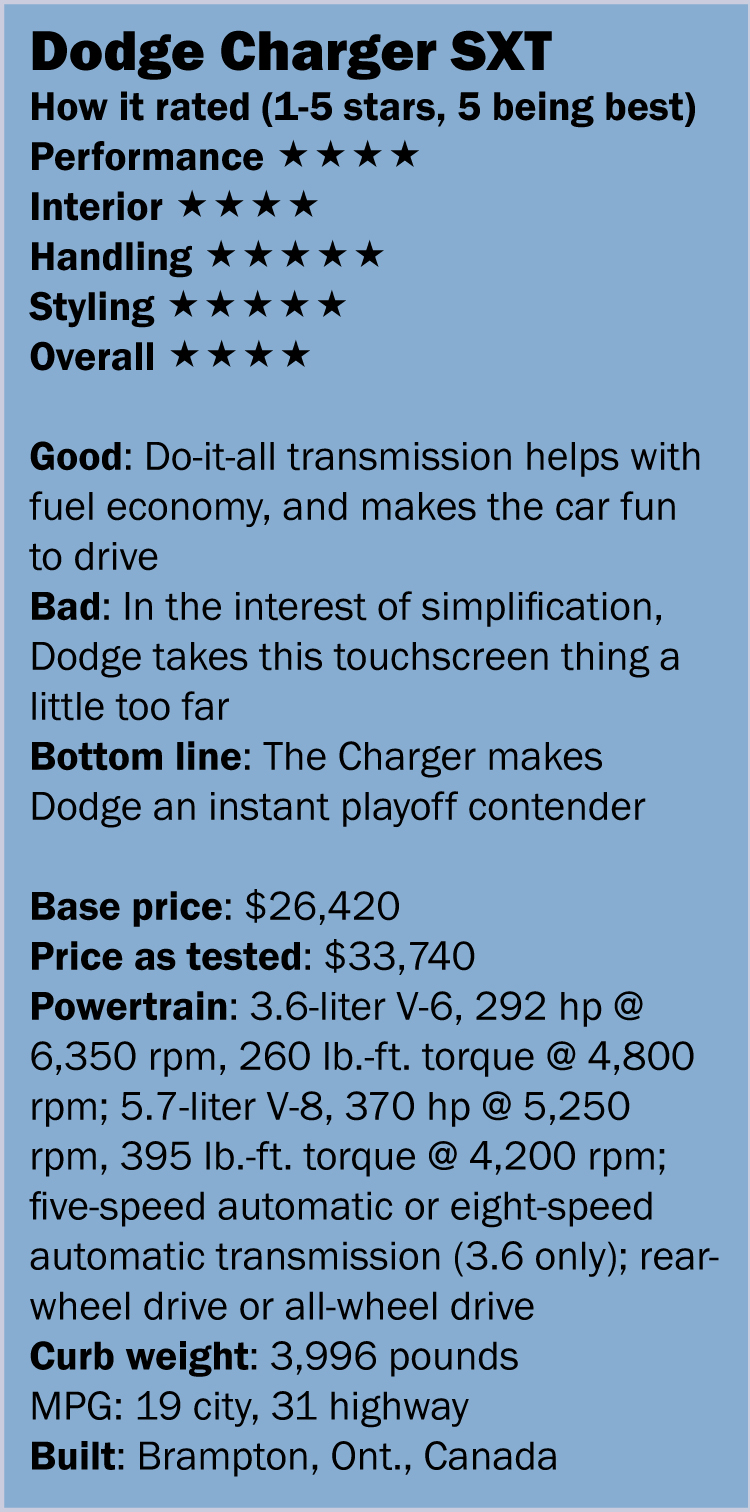 The transmission plays a big role in those fuel mileage numbers. The base SE comes with the old five-speed automatic and mileage suffers as a result. It’s rated at 18 city and 27 highway.
The transmission plays a big role in those fuel mileage numbers. The base SE comes with the old five-speed automatic and mileage suffers as a result. It’s rated at 18 city and 27 highway.
But pull the transmission back to sport mode and the car jumps to attention. The laggard throttle response becomes razor sharp. Instead of putzing in the highest gear it can grab, sport mode calls up a gear or two lower. In sport mode, the Charger is quick to react, jumping to attention with the throttle.
There’s no getting around the fact that the V-8 would be even more fun. But with 292 horsepower from its 3.6-liter V-6, the test car is no slug.
The interior is somewhat simple compared to many recent designs, but it’s still nicely laid out. A massive 8.4-inch touchscreen is standard. As is the style right now, Dodge tried to reduce the number of buttons. While it mostly works well, the automaker should think about adding some of those buttons back in, controls for the heated front seats, for example. Those, as well as the heated steering wheel (part of the $925 adaptive cruise control package), can only be accessed through the touchscreen.
About the only other criticism of the interior is the instrument panel is rather flat. Some depth to the gauges would be nice. The trim pieces are cool. Dodge calls it woven aluminum; it looks like a miniature diamond-plate steel, a perfect look for this car.
But here’s the difference between this Charger and the Chrysler of old: There isn’t a rough edge anywhere inside this car, there are no uneven gaps and the plastics don’t look like they were stolen from a Little Tikes brand play set.
The back seat is excellent. Despite the fast rear window, headroom is good and legroom is expansive. Back seaters get their own vents and there’s an armrest with cupholders. The seats are comfortable and supportive. A $2,000 option package includes upgraded Nappa leather, alarm, heated back seats, power driver and passenger seats, heated and cooled front console cupholders (which happen to be too small to accept a pop bottle) and more goodies.
The Charger’s option packages are pricey, but they come with a lot of stuff. With all of these options, this car prices out at $33,470.
Now, like the Lions, Chrysler is resurgent. But are the Lions ready to win the Super Bowl? Maybe not yet, but, like with Chrysler, there’s a new, firm foundation to build upon.

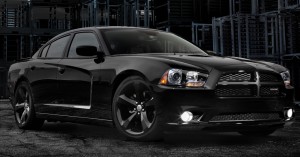
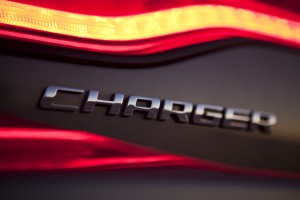
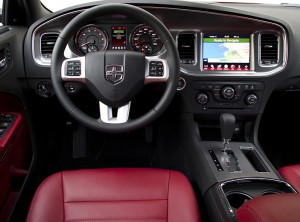
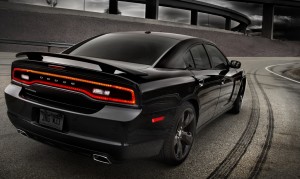
My wife liked the looks of the 300 and we test drove one. Even with the 5.7 it was fat and lazy feeling. We tried the Charger R/T also with the 5.7 and it wasn’t much better. The steering is numb,the car is just way too heavy. I felt the styling was too NASCAR, and that’s not a good thing. We are still looking.
Every automaker in the world needs to be working on weight reduction. Some, especially Audi and BMW, are working on it, but they will have to do more to help improve fuel economy.
Styling is so subjective. So, if you didn’t like the Charger, what are you looking at now?